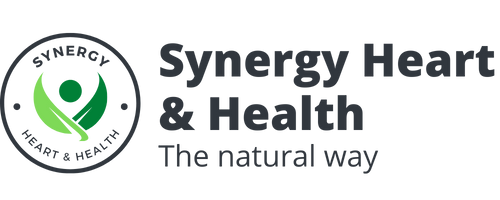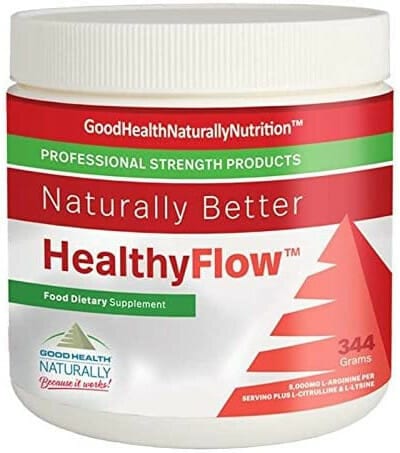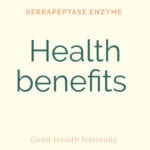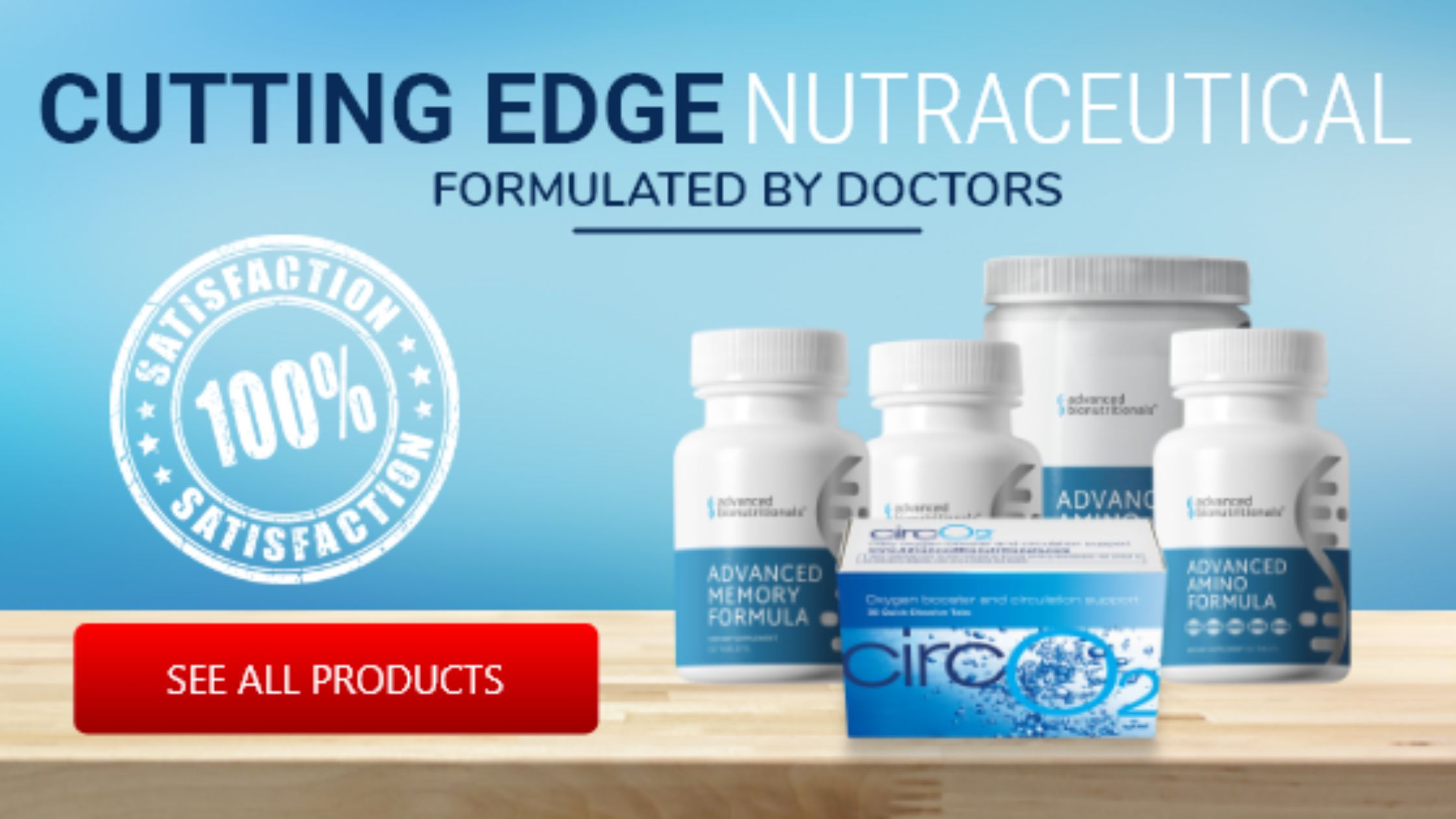Symptoms of a blocked heart artery
This post will go into detail on the symptoms of a blocked heart artery, I will also cover the dangers of blocked arteries, what causes blocked arteries, what treatments are available for blocked arteries and how to unblock your clogged arteries using a natural product.
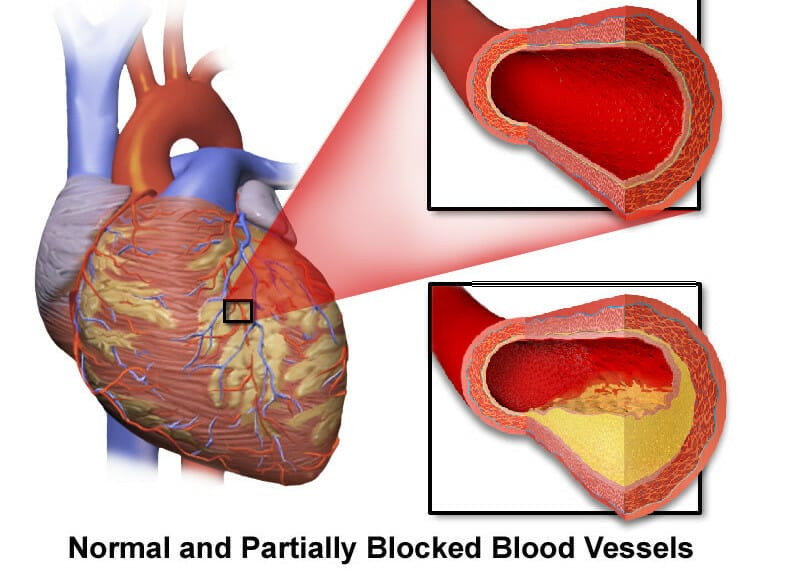
How many arteries go to your heart?
Your heart gets its own blood supply from the coronary arteries, there are two coronary arteries the left main coronary artery and the right coronary artery, these branch off at the point where the left ventricle and the aorta meet, both arteries supply blood to all parts of the heart muscle.
The left main Coronary artery
This artery branches into the circumflex artery and the left anterior descending artery, supplying blood to the left atrium, (side and back of the left ventricle) also supplying blood to the left anterior descending artery (front & bottom of the left ventricle, front of the septum)
The Right coronary artery
This artery branches into the right atrium and posterior descending artery, it supplies blood to the right atrium, right ventricle and bottom portions of both ventricles at the back of the septum.
The main part of the right coronary artery delivers blood to the right side of the heart, from there it is pumped into the lungs, rest of the right coronary artery and main branches, posterior descending artery with branches of the circumflex artery these go over the surface of the underside of the heart supplying blood to the left ventricle and the back of the septum.
What are arteries?
Simply put arteries are vessels that carry oxygen rich blood to all areas of the body, arteries carry blood to your heart, your brain all the way to the tips of your toes, the arteries that go to your heart have smooth lining in the inner walls so it is easy for blood to flow through them, however problems start when arteries become clogged.
What causes clogged arteries?
Clogged arteries are the result of years of a substance known as plaque building up on the smooth inner lining of the arteries, plaque build-up or arterial plaque may reduce blood flow or worse still block the flow of blood altogether.
A blocked artery going to the heart or brain can significantly increase the chances of a severe heart attack, stroke or death, to avoid this happening it is vital to know the symptoms of a blocked heart artery so that it can be diagnosed and treated accordingly.
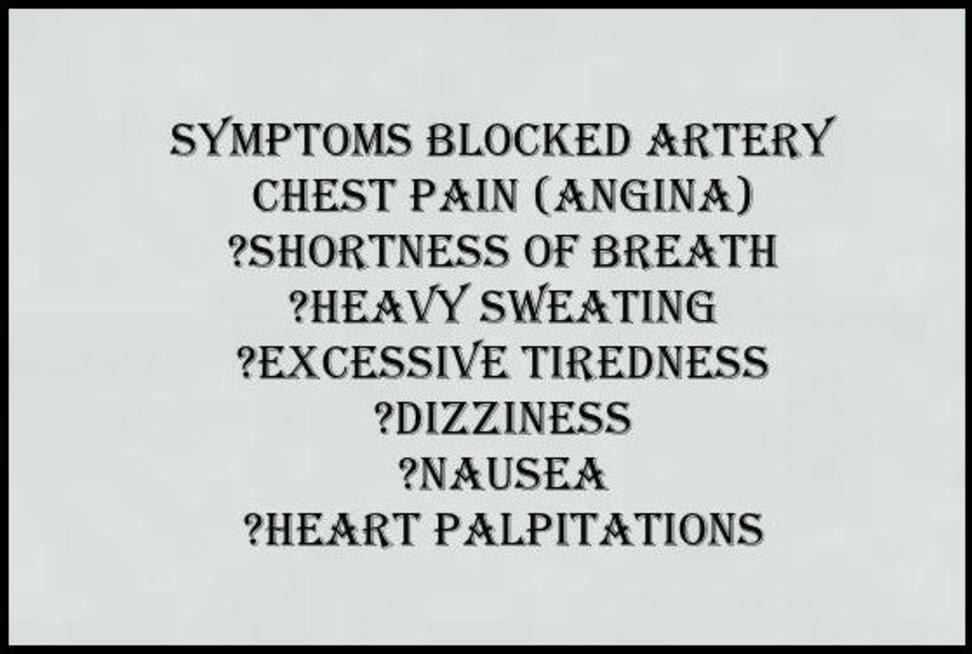
What are the causes of a blocked heart artery?
The biggest issue with a blocked heart artery is plaque build-up, plaque accumulates and sticks to the inner walls of your arteries, not only does plaque accumulate so does calcium, cholesterol, fat, fibrin and cellular waste all combine making it difficult for blood to flow in the normal way.
When this happens, we refer to it as a condition called atherosclerosis, although not a lot is known about how atherosclerosis starts, one thing that is known it causes inflammation in the heart artery causing symptoms of a blocked heart artery.
Does cholesterol play a part?
The inflammation to the heart artery is caused by cholesterol, there are three types of cholesterol, good or HDL cholesterol, bad or LDL cholesterol and triglycerides, it is thought that significantly high amounts of bad cholesterol and triglycerides are the main reasons for plaque formation in the heart artery, however the story doesn’t stop there.
Everyone has cholesterol circulation in their blood, some of it is produced naturally and some of it comes from the food that we eat, we need cholesterol to produce cells and other important functions.
HDL or good cholesterol is good because it removes some of the bad cholesterol and disposes of it through the liver, whereas the bad cholesterol is bad because it helps in the formation of plaque as does triglycerides.
Other risk factors
Other risk factors that contribute to the symptoms of a blocked heart artery include smoking, diabetes, bad lifestyle, poor diet, bad family history and stress. Cigarette smoke accelerates the rate of which atherosclerosis spreads in the arteries much in the same way as diabetes increases the risk of plaque forming in the arteries.
Plaque can start to develop in early teenage years especially in those with a bad family history, inactive lifestyle, obese or with a very poor diet.
What are blocked heart artery symptoms?
Blocked heart arteries mean that blood supply to the heart isn’t normal, so the heart must work much harder to get blood to the heart, when this happens it leads to symptoms:
- Chest pain (Angina)
- Shortness of breath
- Heavy sweating
- Excessive tiredness
- Dizziness
- Nausea
- Heart palpitations
These symptoms may be caused if the heart artery has a 70% blockage or more, less than that number may mean that there are no symptoms at all.
Chest pain is known as angina, it is the result of reduced blood flow to your heart caused by plaque build-up, in carotid artery disease the carotid artery in the neck may also become clogged with plaque. Symptoms of a clogged carotid artery are known as tia’s (mini stroke) these may produce the following symptoms:
- Loss of vision on one side
- Slurring of words
- Weakness or numb feeling on one side
- Difficulty moving an arm or leg
Arteries can become blocked in the legs, this is referred to as peripheral artery disease, symptoms may include:
- Cold feet
- Leg pain
- Slow to heal foot injuries
- Gangrene
Is there for a test a blocked heart artery?
Should you have any of the above symptoms you need to see a doctor without delay, the doctor will advise you on what tests are needed based on his examination, your symptoms and medical history:
- Blood lipid screening
- CT scan
- Angiogram
- Electrocardiogram
- PET scan
- MRI scan
- Chest X-ray
- Ultrasound
- Stress test
The most common way to find out exactly where the heart blockage is located is to have an angiogram done, the angiogram is a test that will diagnose a range of cardiovascular disease, including atherosclerosis, aneurysm or stenosis. The angiogram will help the consultant to detect abnormalities in the blood vessels, including weaker blood vessels, blood clots and plaque deposits.
During a traditional angiogram the doctor will insert a long thin tube known as a catheter in the artery located near the wrist the groin or upper thigh. A dye is injected into the catheter at the same time an X-Ray is taken of the blood vessels, the doctor can see clearly on the monitor where the blockage is.
An angiogram can also be performed using a CT scan or MRI scan, an angiogram is ordered if you have showed signs of a blocked heart artery such as chest pain, you have abnormal stress test results or you already had a stroke, heart attack or perhaps heart failure.
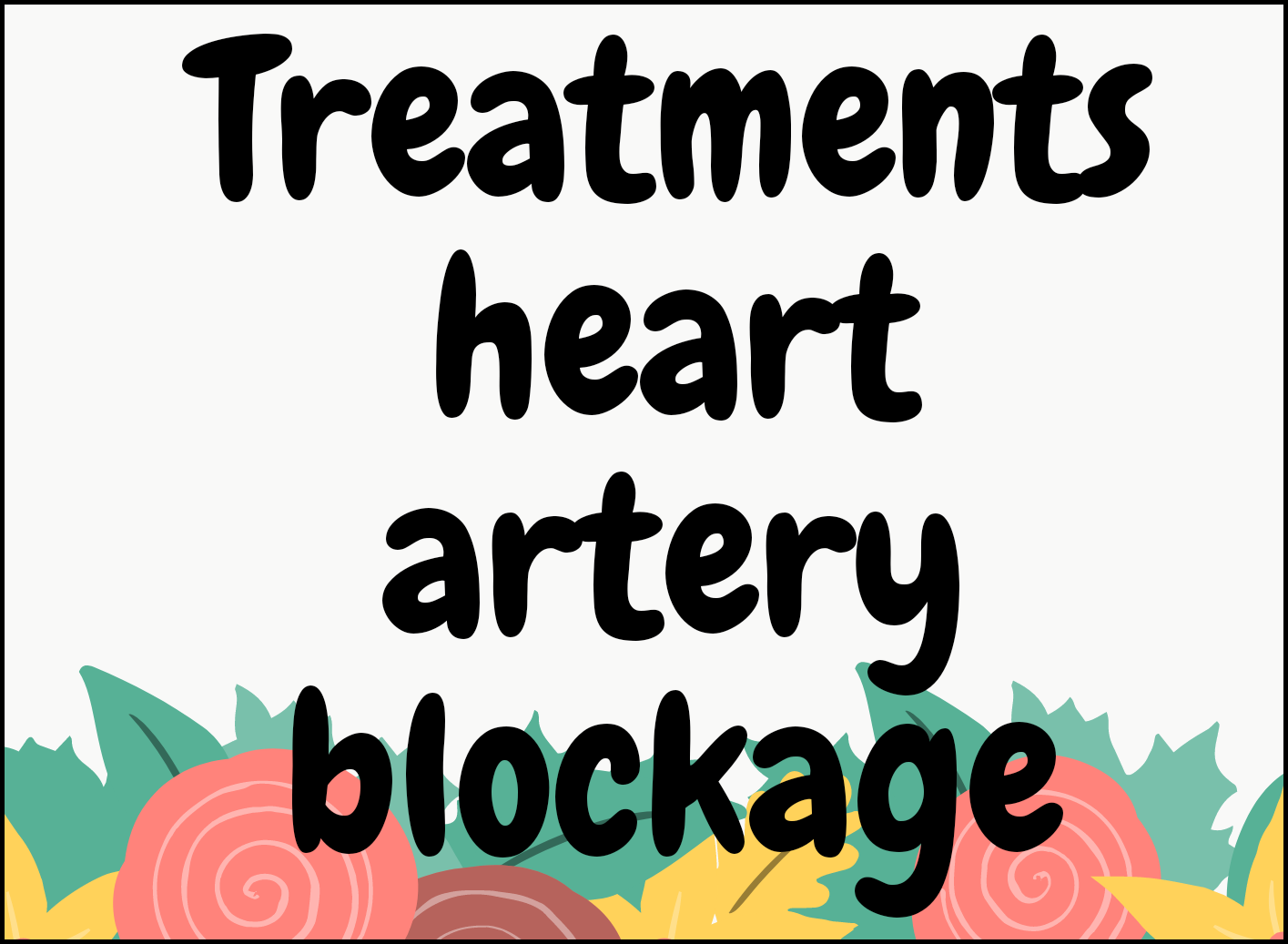
How are blocked heart arteries treated?
Depending on the severity of your heart blocked artery, your overall health and your family history your doctor will prescribe an appropriate treatment for you that may include:
- Changes in lifestyle
Being healthy involves not just what you eat but also how you exercise and keep stress to a minimum so your doctor may recommend that you:
- Eat a diet that is low in cholesterol and fats, eat less sugars, consume more carbohydrates like fruits and vegetables.
- Control your weight
- Don’t smoke
- Get at least 40 minutes exercise each day
- Maintain normal cholesterol and blood pressure
- Maintain blood sugars
2. Surgery or intervention procedures
You may need surgery or an interventional procedure to treat the symptoms of a blocked heart artery, these may include:
- Bypass surgery during this major operation the consultant will take an artery from another part of the body and move it to bypass the blocked heart artery and allow blood to flow normally to the heart.
- Stent a tiny tube known as a stent that may contain medication will be placed through a small tube into the plaque build-up to allow it to open making room for the blood to flow to the heart.
- Balloon angioplasty A small balloon is placed near the blocked heart artery it opens the blockage and the blood will start to flow again.
- Medications going forward you will be given medications to lower your cholesterol, keep your blood pressure under control, aspirin plus other drugs that will keep your blood thin and avoid any dangerous blood clot forming.
Is there a natural way to remove heart artery plaque?
Depends if you believe in natural supplements to remove heart artery plaque, I believe that if you can treat the cause of heart artery plaque build-up by helping your body to produce more nitric oxide it is possible to reduce the heart artery plaque.
Why nitric oxide?
If you could bear with me for a while I will explain, a few years ago 1998 a team of Doctors were conducting a study on heart artery plaque part of their findings centred around inflammation in the arteries and the causes.
Doctor Louis Ignarro was the leading doctor involved, they were so convinced about their discovery “for their discoveries concerning nitric oxide as a signalling molecule in the cardiovascular system” that Doctor Ignarro wrote a book about the importance of nitric oxide in relation to heart disease called ” No More Heart Disease”
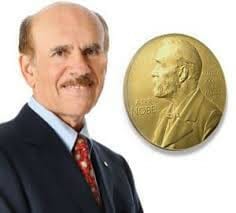
What was Doctor Ignarro saying?
After many years of studying the properties of nitric oxide and its effect on the cardiovascular system Dr Ignarro concluded that nitric oxide is a potent vasodilator or vasorelaxant produced in the endothelial cells in the vascular system. Nitric oxide functions to decrease vascular smooth muscle tissue and to suppress platelet aggregation. He along with his colleagues were awarded the Nobel prize in Physiology or Medicine in 1998.
What does this mean for a blocked heart artery?
Nitric oxide keeps our blood vessels healthy, it is a chemical produced in the endothelium a tiny part of the lining in the blood vessels it is very responsive to regular exercise, lower cholesterol and heart healthy habits, by lowering your cholesterol you increase nitric oxide levels. Increased nitric oxide levels help to expand blood vessels and make us feel healthier, nitric oxide also plays a part in curbing the plaque build-up in the arteries. (it is also used in a nitro glycerine heart spray)
When we age our bodies can’t make as much nitric oxide as we would need problems happen when nitric oxide levels fall, fatty plaque deposits start to from and stick to the endothelial (the inner lining of the artery) this causes all sorts of problems for the heart because it is unable to get enough blood supply to the heart making the possibility of a heart attack or stroke more than likely.
How to help your body make more nitric oxide?
Nitric oxide is available in a powder supplement form in this heart artery product called HealthyFlow™ the product was formulated by the good people at Good Health Naturally to help people with heart artery disease. The whole basis of this natural product is to improve blood flow by helping the body create more nitric oxide that can work to reduce heart artery plaque
HealthyFlow™ is an important amino acid and contains a unique formula for circulatory support and brain health, it is easily absorbed because it contains a proprietary formula that has been shown in human trials to significantly improve and promote the absorption of amino acids, vitamins and glucose.

HealthyFlow™ contains a nitric oxide precursor called L-Arginine. L-Arginine is the secret to providing your body with the necessary nitric oxide to reduce your blocked heart artery. Take one scoop each day with water on an empty stomach.
References:
https://www.medicalnewstoday.com/articles/326825
https://www.nobelprize.org/prizes/medicine/1998/ignarro/facts/
